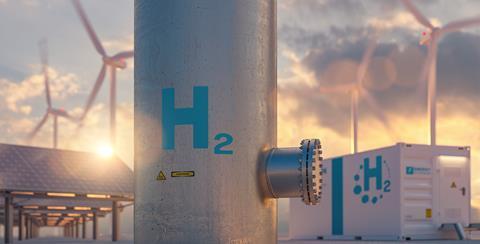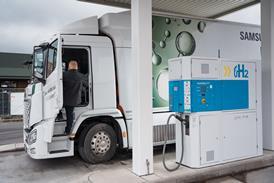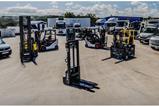A recent report by quality assurance and risk management company DNV outlines the potential for a significant drop in the cost of green hydrogen to $2 per kilogram by 2030, driven by reductions in the costs of wind, solar, and electrolyser equipment. However, this reduction is expected to primarily benefit projects with on-site renewable electricity generation, while grid-connected projects may not see the same cost benefits.

A new report from Norwegian maritime standards firm DNV suggests that the levelized cost of green Hydrogen is expected to decrease to $2 per kilogram by 2030, down from the current price of around $5 per kilogram. This anticipated reduction in cost is attributed to significant declines in the prices of wind, solar, and electrolyser equipment. However, this cost reduction is predicted to apply primarily to projects that have on-site renewable electricity supply.
In contrast, projects connected to the grid may not experience the same cost reductions in hydrogen production. DNV’s Energy Transition Outlook 2023 report explains that grid-connected projects are more influenced by prevailing power prices, which are not expected to significantly decrease until after 2030.
Key factors contributing to cost reductions for green hydrogen projects with on-site renewables include a projected 40% reduction in solar panel costs and a 27% decrease in turbine costs by 2030. These projects are also set to benefit from improved turbine size and solar panel efficiency, potentially leading to increased operating hours.
Moreover, the capital expenditure (capex) costs of electrolyser installations are likely to decrease by up to 30%, as the technology matures and perceived financial risk decreases. As the industry shifts away from bespoke installations to standardized machines, further capex reductions are expected in the coming years.
However, the report notes that these capex reductions may not have the same impact on grid-connected green hydrogen projects. Grid-connected electrolysers are more exposed to the cost of grid electricity, which significantly contributes to the levelized cost of hydrogen. The report suggests that, before 2030, there will not be enough inexpensive renewable capacity on the grid to significantly influence the levelized cost of hydrogen for such projects.
The report also highlights the future potential for grid-connected green hydrogen, noting that as very cheap renewable electricity becomes more available, grid-connected projects will become more competitive than blue hydrogen on a regular basis. This shift is anticipated to occur as variable renewable energy supply (VRES) becomes more prevalent in the energy system, leading to an increased number of hours when electricity-based hydrogen production is cheaper than blue hydrogen. Consequently, grid-connected green hydrogen is expected to gain a market share similar to blue hydrogen by 2050.


















